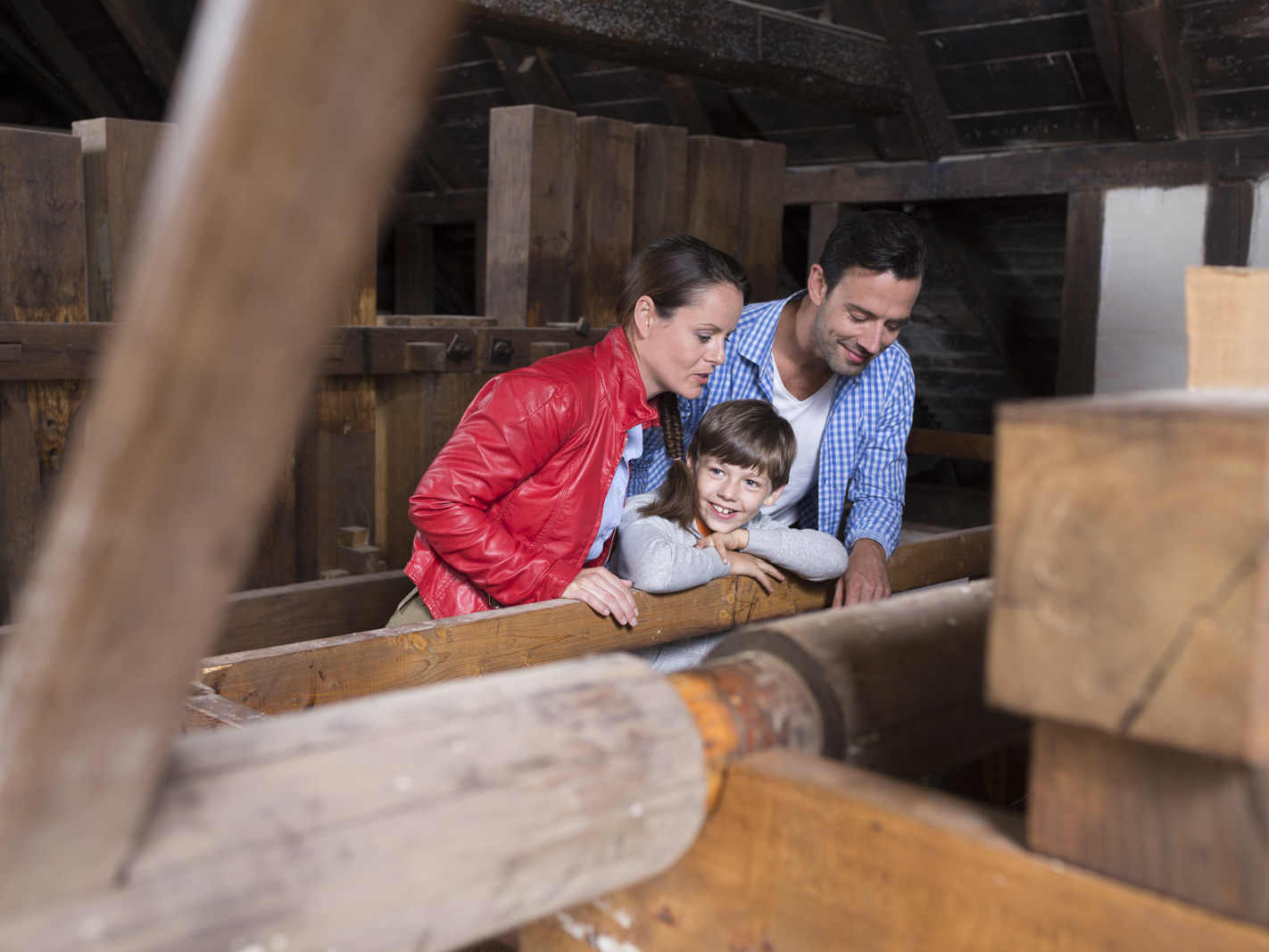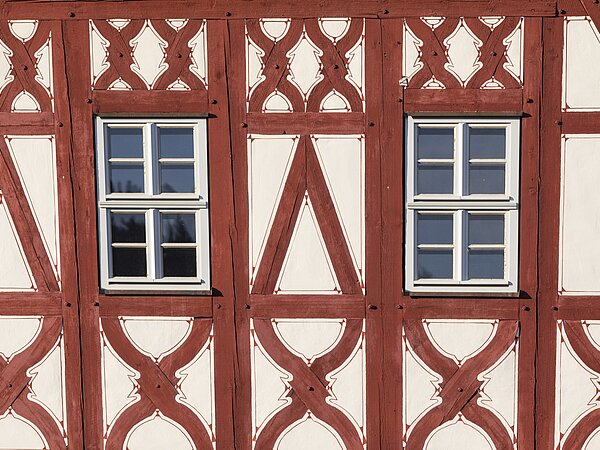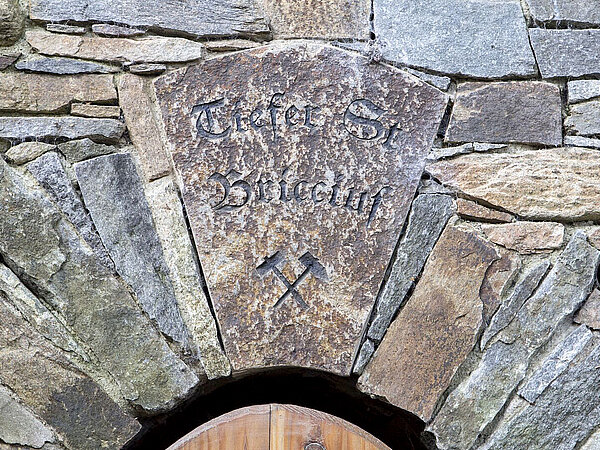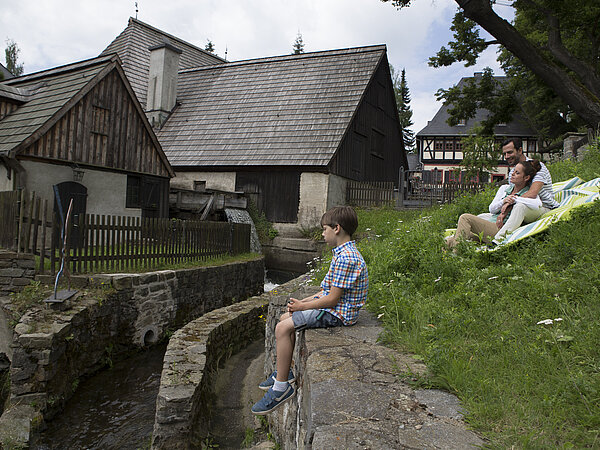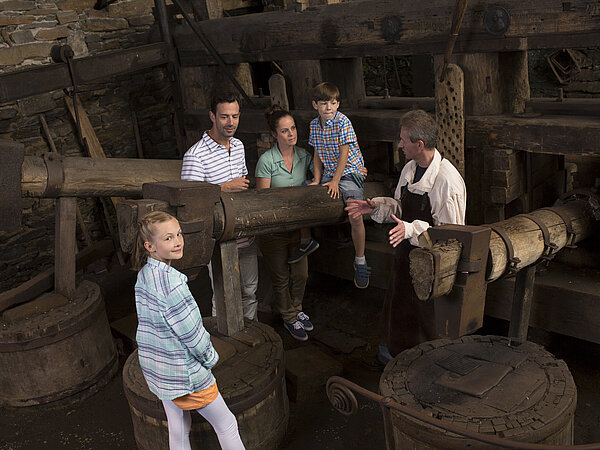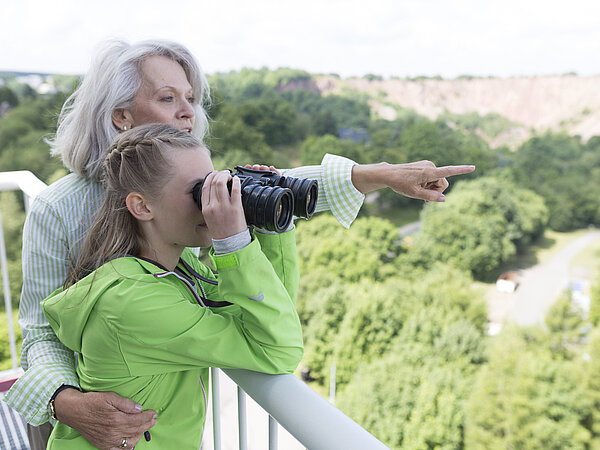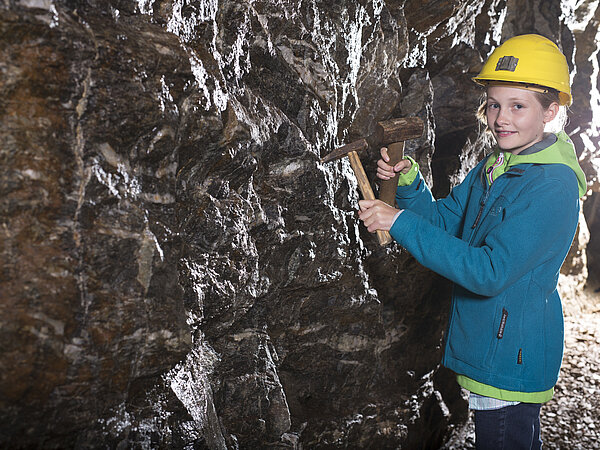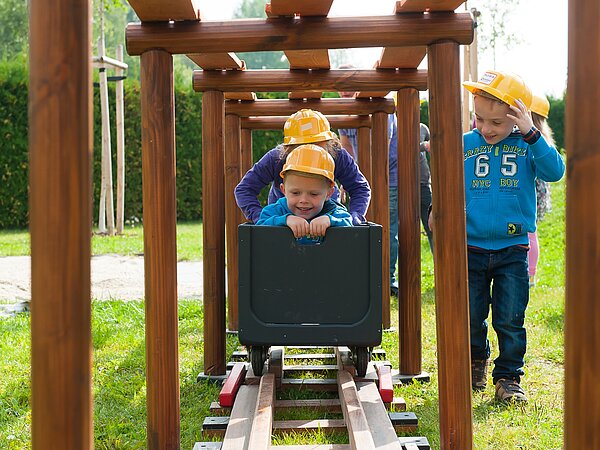The history of the Erzgebirge
From the Erzgebirge District to Europe, from the Middle Ages until today
The land of Christmas and the winter sports region – the Erzgebirge has many beautiful nicknames. Whatever the season or the holiday or the festival, the Erzgebirge remains, above all, a landscape of idea. This reflects its special mix of tradition and innovation, of closeness to nature and modernity.
Favourably located in the southern part of the Free State of Saxony, the region can be reached quickly and comfortably via the Autobahn (German superhighway network), the Bundesstraßennetz (German federal highway network), and by train. Since the EU’s eastward expansion, the Erzgebirge have been placed even closer to the centre of Europe. The region has developed good economic and social relationships with its immediate neighbour, the Czech Republic. In addition, it also has direct contact with the rest of Europe, not least through the new EU information centre in Annaberg-Buchholz known as EUROPE DIRECT.
The people of the Erzgebirge residents are open to the world and friendly, even while remaining aware of their own common identity. In the year 2008, the areas were also united at an administrative level. Today, four older administrative areas have been united as the Erzgebirge District, which is now the most populous administrative district in the eastern part of Germany.
The Erzgebirge was named for its rich silver stores, and the district owes its economic development to its mining tradition. There is good reason for the local saying: around here, everything starts with the mines. Despite its highly developed modern industry, the region has succeeded in remaining completely natural even up to the present time. Did you know that the most densely populated uplands in Europe were once a single primeval forest? Today, the largest part of the region belongs to the Erzgebirge/Vogtland natural park, where you can still encounter rare animal and plant species.
On these pages, you will discover the Erzgebirge – from the Erzgebirge District to Europe, from the Middle Ages up to the present day.

